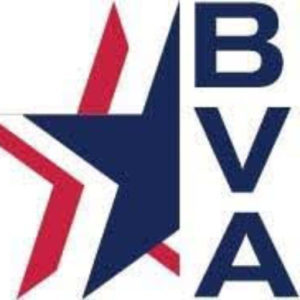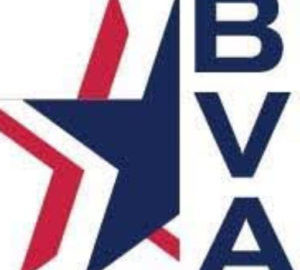As joyous as the Allied celebrations were on Victory in Europe Day (V-E Day), on May 8, 1945, they were rather quickly subdued by the knowledge that war raged on in the Pacific. The battles for Iwo Jima and Okinawa during the first half of 1945 were marked by spectacular carnage, and Americans had to confront the reality that Japan had never surrendered to a foreign power and that no Japanese military unit had yet surrendered during World War II.
Despite the pessimism, on came a series of events unmatched in their irony, setting the stage for eventual Japanese surrender on August 14. As soon as the news of the surrender was announced, celebrations erupted across the United States. The United Kingdom announced that its official V-J Day would be the next day, August 15, and Americans exuberantly joined in that day’s celebration as well.
Victory over Japan Day (V-J Day) would officially be celebrated and remembered in the United States on the day formal surrender documents were signed aboard the USS Missouri in Tokyo Bay on September 2, 1945. For additional insight into the V-J Day revelry in Honolulu and other parts of the United States that day, courtesy of the National World War II Museum, click here.


